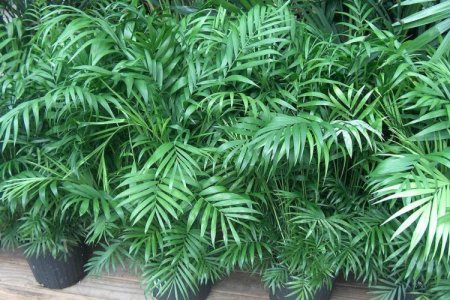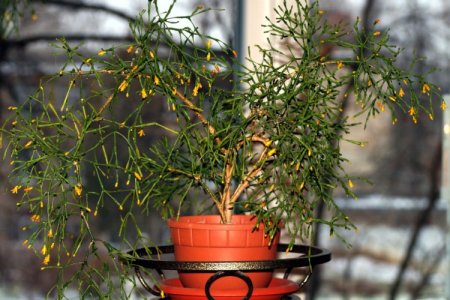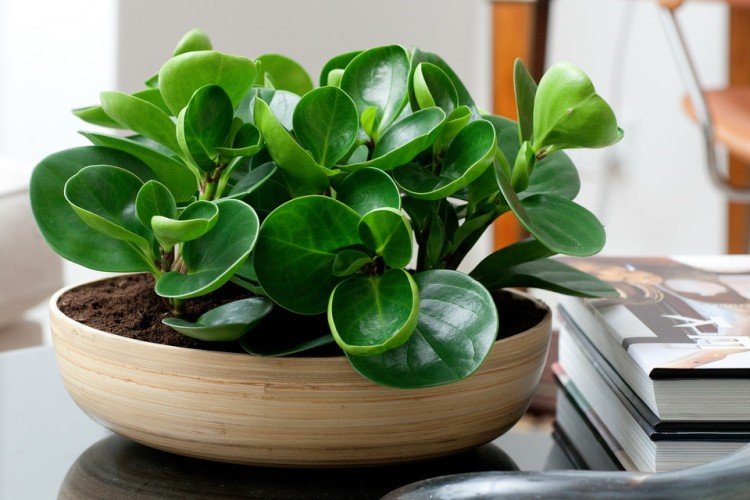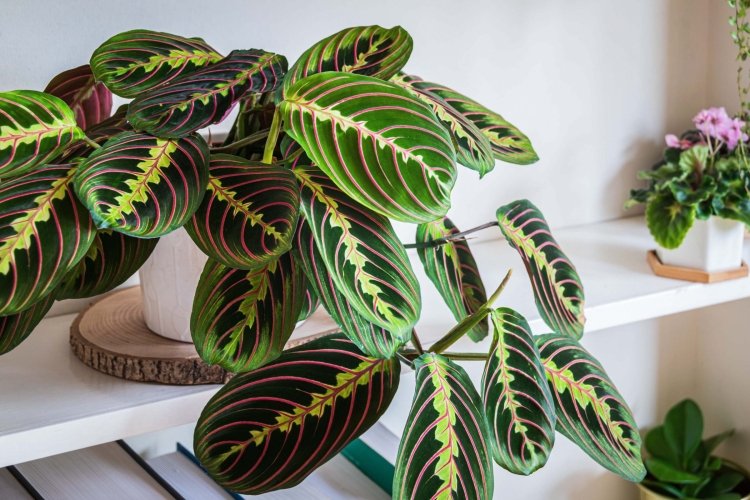
Spectacular variegated arrowroot is well known to everyone who is partial to decorative deciduous plants. Its charming dense bushes create real thickets on the windowsill. And there are so many varieties and types of arrowroot that you can fill an entire greenhouse with them and not repeat!
general information
Arrowroot is an ornamental herbaceous perennial from the family of the same name. Different species differ significantly in appearance and size. Indoor arrowroot most often grows up to 30 cm, but in the wild, its growth reaches 1.5 m.
The large, patterned arrowroot leaves are especially prized. Most often they are oval, with prominent veins, colored spots or strokes. In the evening, she lifts the leaves up, and during the day they are guided by the sun. For this feature, the arrowroot is called prayer.
Arrowroot is a tuberous plant, and some types of tubers are edible. Sometimes in summer it blooms, but its flowering does not bear any decorative value at all. The buds are small, pale and completely inconspicuous, so they are often cut off so that the flower does not waste energy.
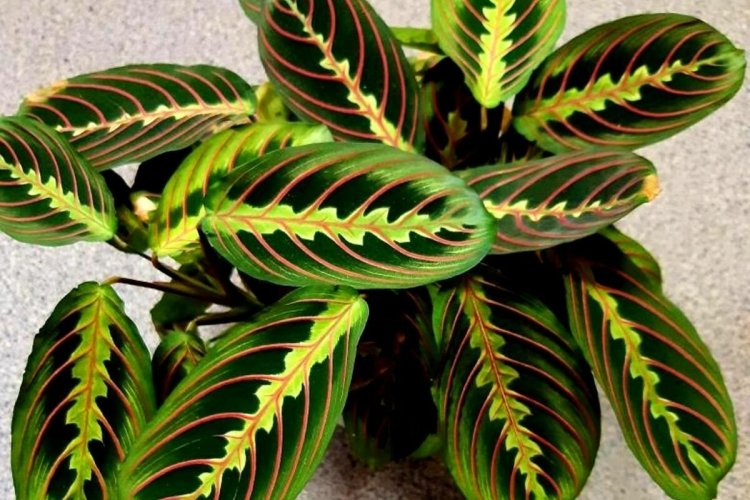
Types of arrowroot
Various types of arrowroot differ in the shape and color of the leaves. Collected some of the most interesting varieties for home cultivation!
White-tailed arrowroot
Everything is clear here – white veins clearly stand out over the entire surface of the leaves. At the same time, the plates themselves are also not monochromatic, but all shades of green and with a red underside.
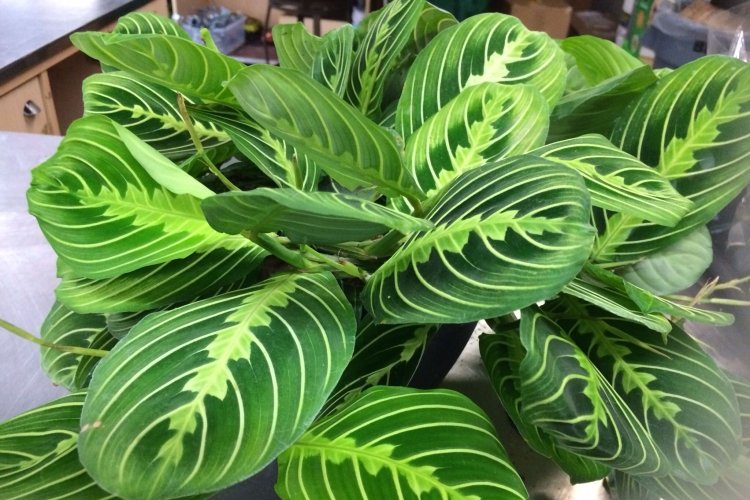
Reed arrowroot
Received its name for the characteristic shape of the shoots. In addition, it is a very large species that, under favorable conditions, easily grows above 1 m. The egg-shaped leaves are pointed towards the end.
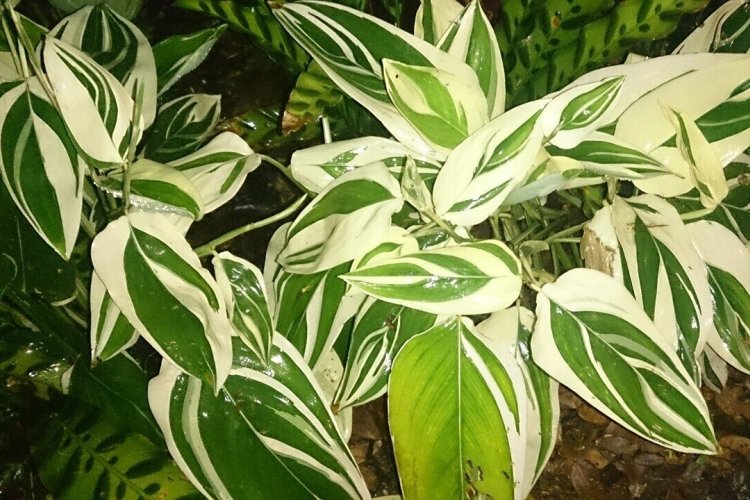
Maranta Marisella
Its rich green hue immediately attracts attention. But the veins and the central line are lighter, light green or even whitish.
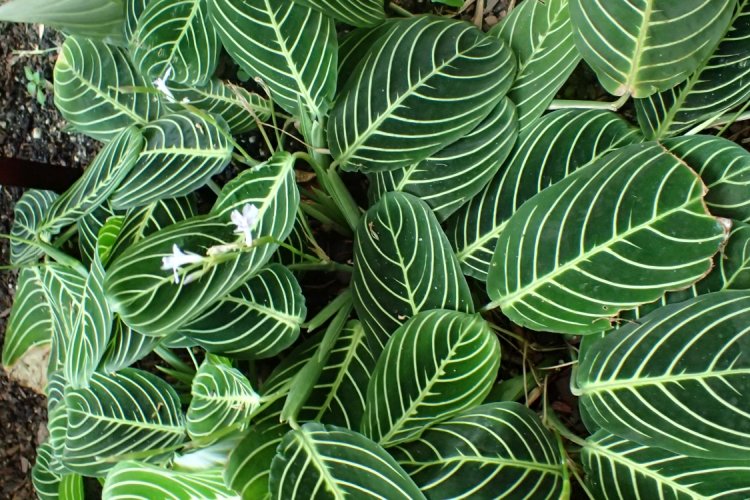
Black arrowroot
Its second name is massage. This is a very moody, but very decorative dwarf species up to 15 cm high. The leaves are so dark along the edge that they seem really black. But in the middle there is a white stripe.
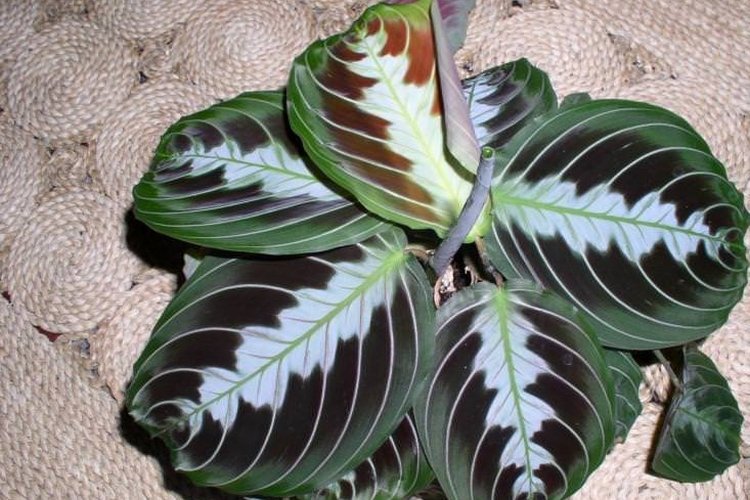
Maranta Kerhovena
She has large leaves of an unusual rounded shape, most often slightly wavy. Dark brown spots are scattered against a light background, which diverge from the central vein.
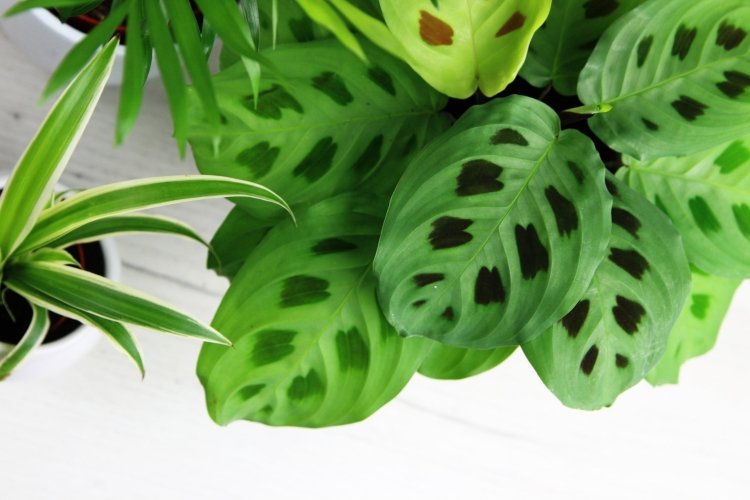
Maranta bicolor
Or just two-tone. It features striped colors of light and dark shades of green. And also – the structure of the root system, in which tubers are not formed.
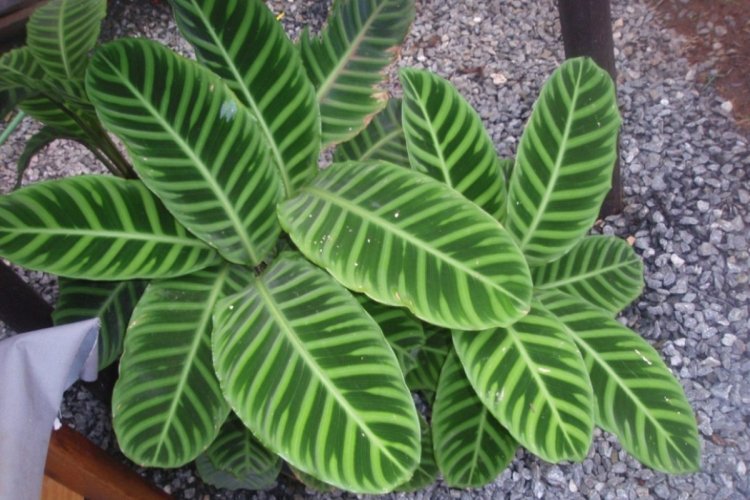
Arrowroot tricolor
One of the most popular varieties for home cultivation. This arrowroot has bicolor leaves in different shades of green and bright red veins.
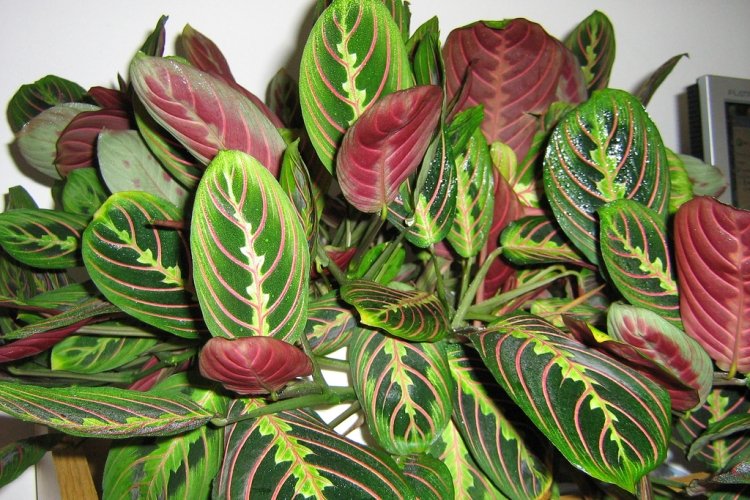
Hamedorea (50 photos): types, cultivation and care at home
Arrowroot care
Maranta is a resident of the Brazilian tropics, so the conditions for it need appropriate. The main ingredients for success are warmth and high humidity.
Temperature
In summer, arrowroot feels best at a temperature of 20-25 degrees, but in winter it should not be lowered too much. The minimum threshold is 17 degrees, otherwise the plant will start to ache and wither. Be sure to avoid drafts.
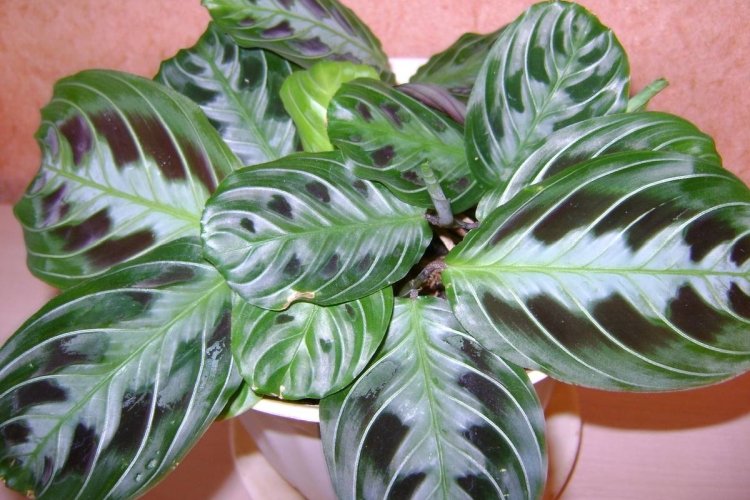
Lighting
Arrowroot hides in the shade of tall trees, so it doesn’t like bright light too much. She feels good in the back of the room, away from the windowsill. In summer, it can be taken outside, but strictly in the shade. Even in winter, do not put arrowroot right next to the window.
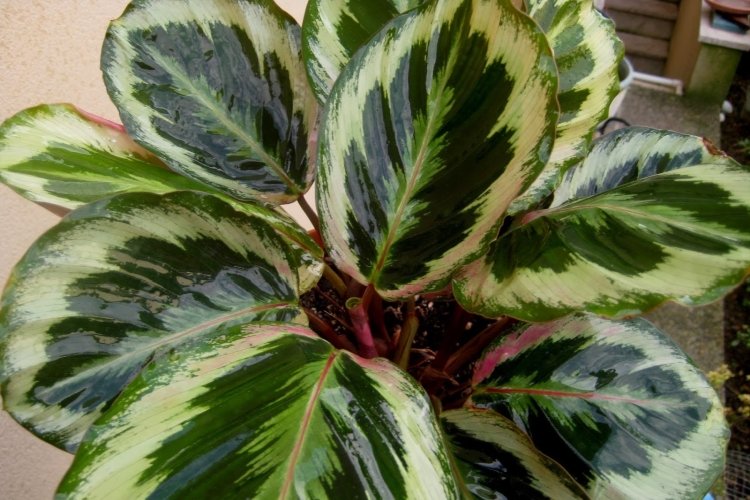
Watering
Arrowroot needs frequent watering at any time of the year. Even in winter, it is watered up to 2 times a week, and even more often in summer. But make sure that the water does not stagnate, because rotting may begin. Spraying will also come in handy.
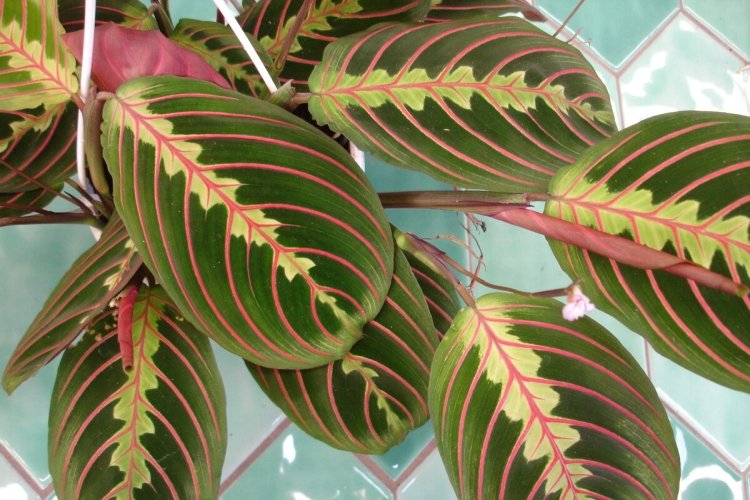
The soil
The main requirement is lightness, because the soil must pass water and air well. Feel free to add sand, coconut chips, bark or charcoal. For the rest, ready-made mixtures for deciduous plants are suitable.
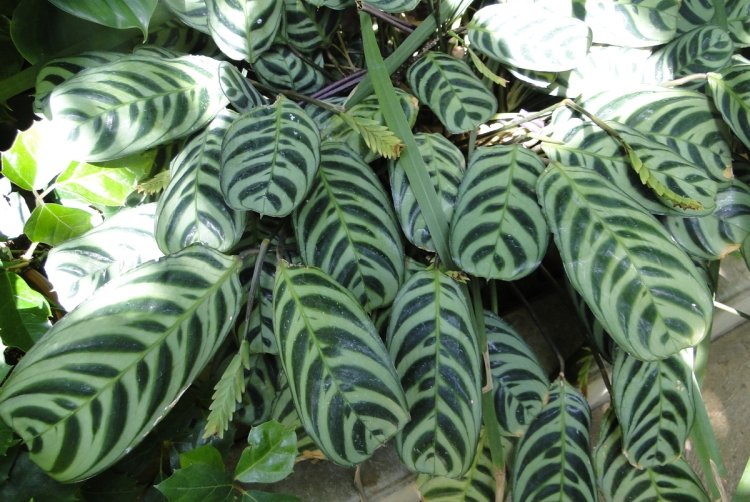
Fertilizers and feeding
In the spring, start feeding the arrowroot occasionally with complex mineral fertilizers. One feeding every 2-3 weeks is enough, and reduce the concentration relative to the recommended one.
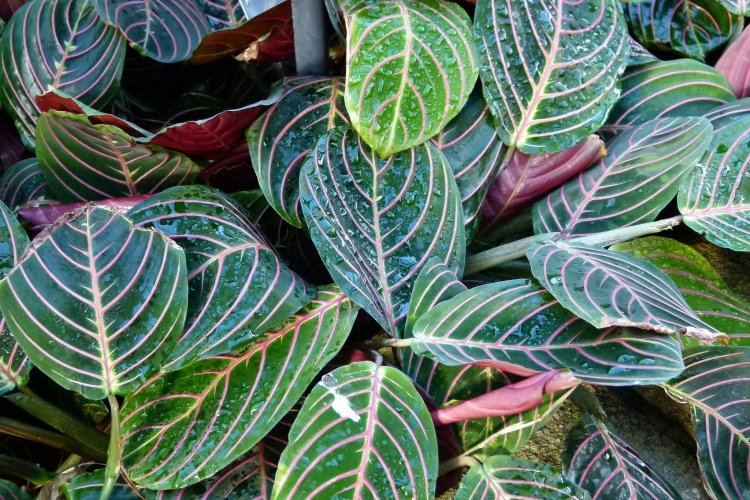
Pruning
Periodically, arrowroot can be rejuvenated by cutting off all the leaves to the base. This must be done in winter or at the very beginning of spring, and in a month she will release new strong and beautiful leaves.
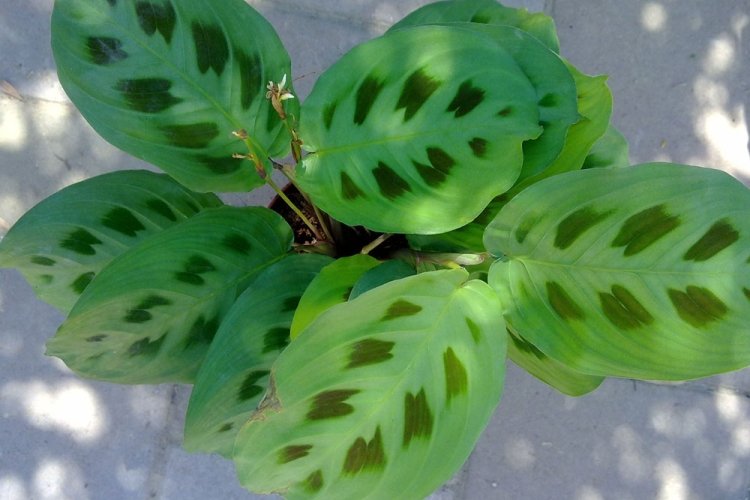
Transfer
Arrowroot is transplanted every year into wide and shallow flowerpots. Remember that its root system grows in breadth, not in depth, so you need an appropriate flowerpot. When transplanting, lightly shake off the roots and replace part of the soil.
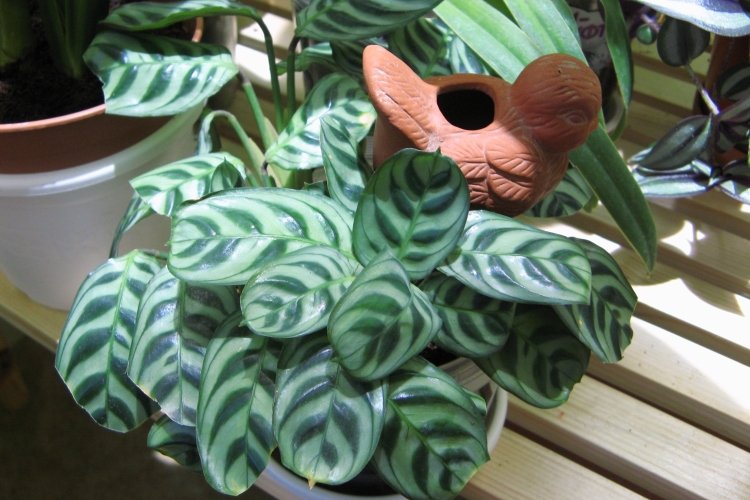
Date palm (50 photos): types, care and cultivation at home
Reproduction and planting arrowroot
The easiest way to propagate arrowroot by cuttings, for example, after pruning. They are rooted immediately in the ground under a jar or bag. It is possible in the water, but do not forget to change it in time. The problem is that arrowroot does not take root well – and there is no getting away from it. Therefore, we advise you to root several cuttings at once so that at least one takes root.
A more effective method is to divide the bush along with the root system. This should be done in spring or summer, but only with mature, sturdy plants. Do not make the delenki too small and immediately plant them in separate flowerpots.
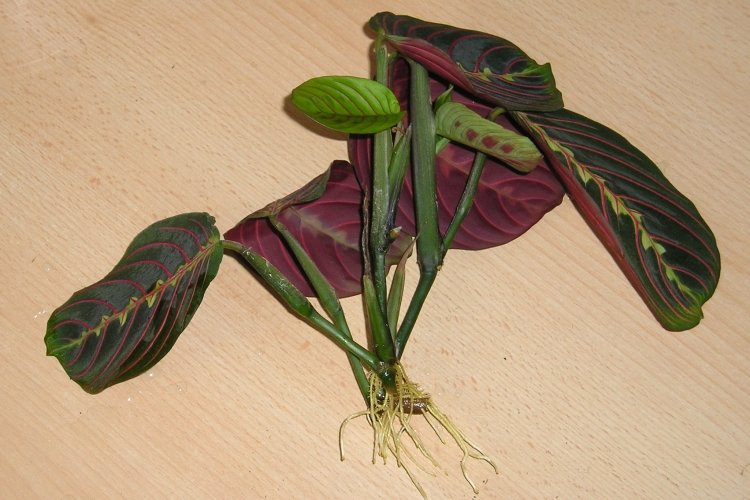
Pest and disease control
Gray-brown fungal spots on the leaves are a symptom of anthracnose, which occurs due to excessive moisture or acidity of the soil. Due to the sooty fungus, the leaf plates are covered with a grayish bloom. In both of these cases, cut out the damaged parts of the plant and treat with fungicides.
At low air temperatures, arrowroot is affected by black rot. Then it needs to be transplanted and treated with Bordeaux liquid. It is more difficult if root collar rot occurs. In the later stages, such a plant is unlikely to be saved.
On the leaves and stems of arrowroot, a scabbard is hidden, which sucks the juices from the plant. Sometimes a spider mite envelops a flower with its cobweb. First, rinse the arrowroot thoroughly with warm water, or better with soapy water. And then treat with insecticides.
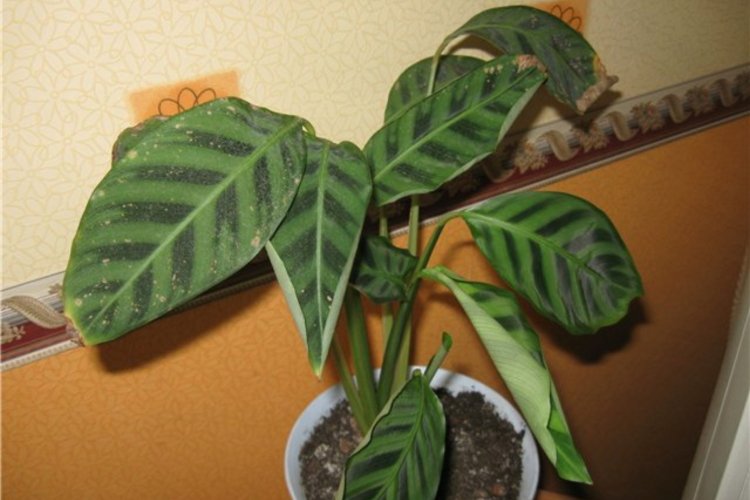
Hatiora (50 photos): types, care and growing at home
Arrowroot – photo
The beauty of the arrowroot is always a pleasure to admire. It seems that she fills the room with lightness and freshness. And it just looks great in the interior!
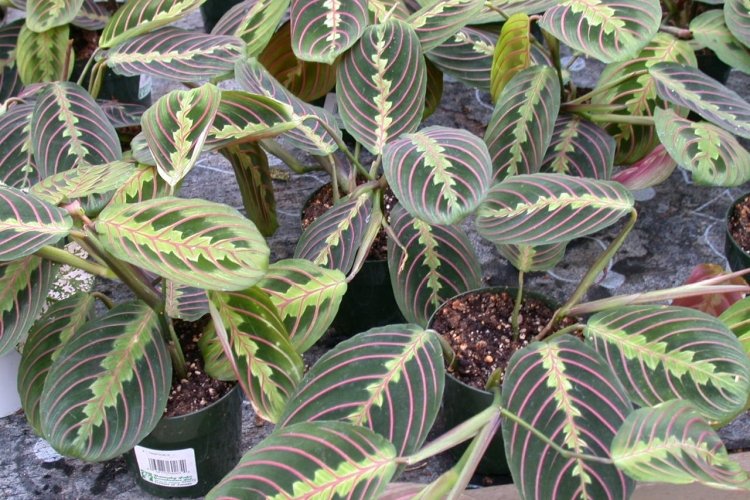
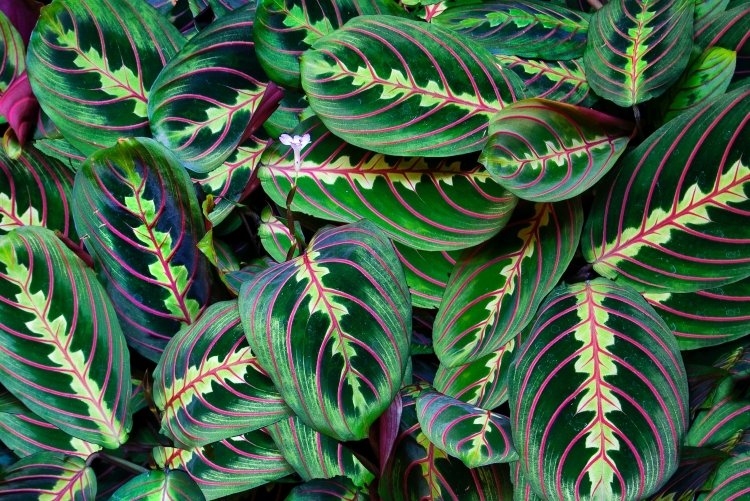
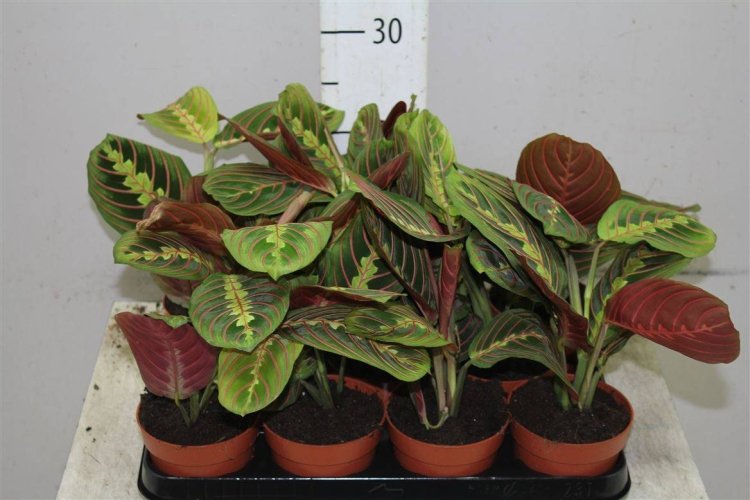
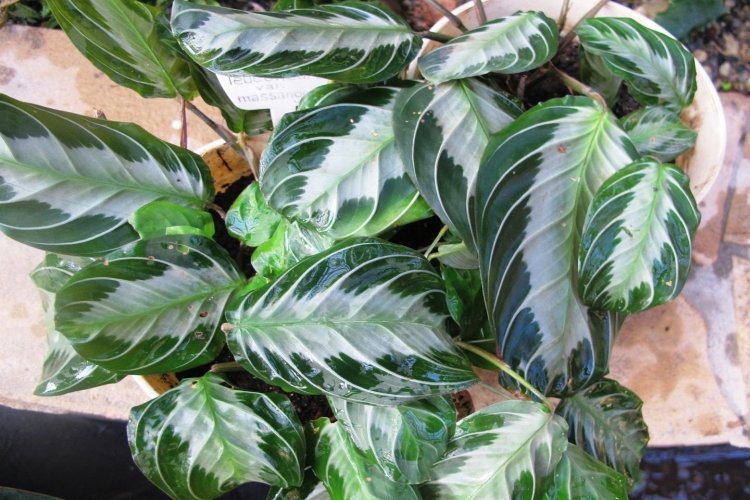
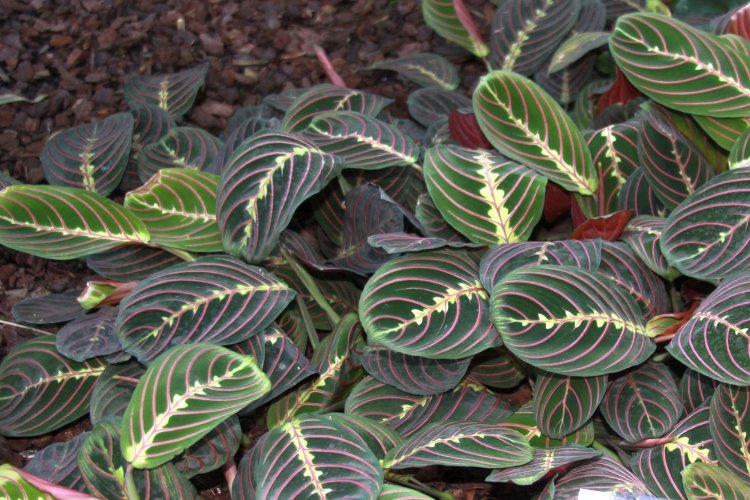
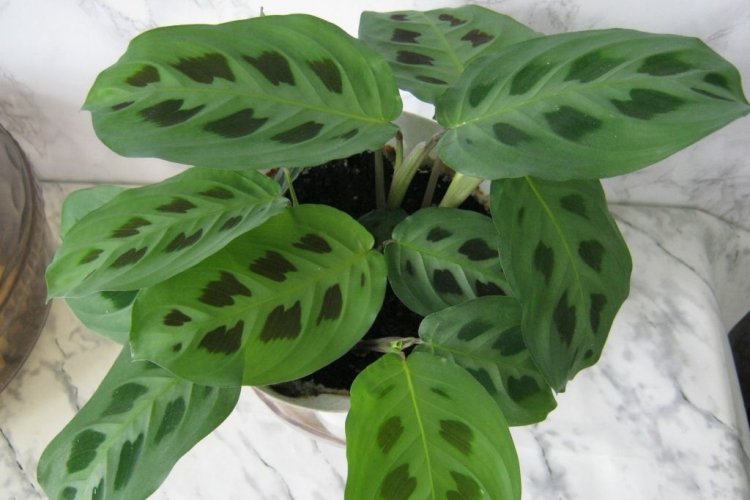
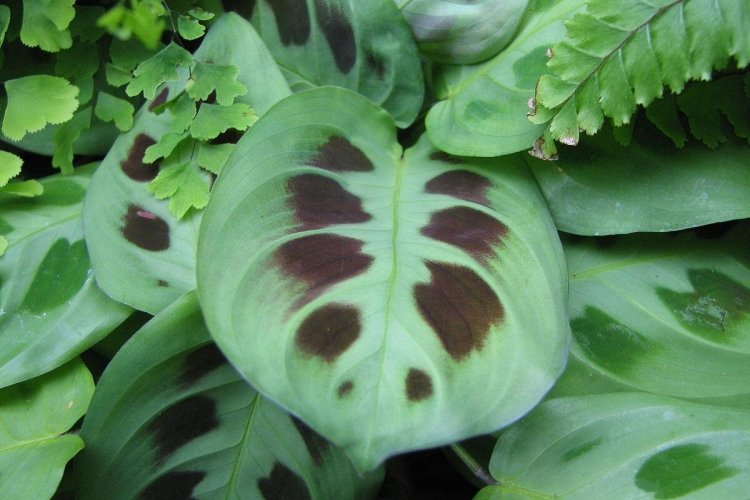
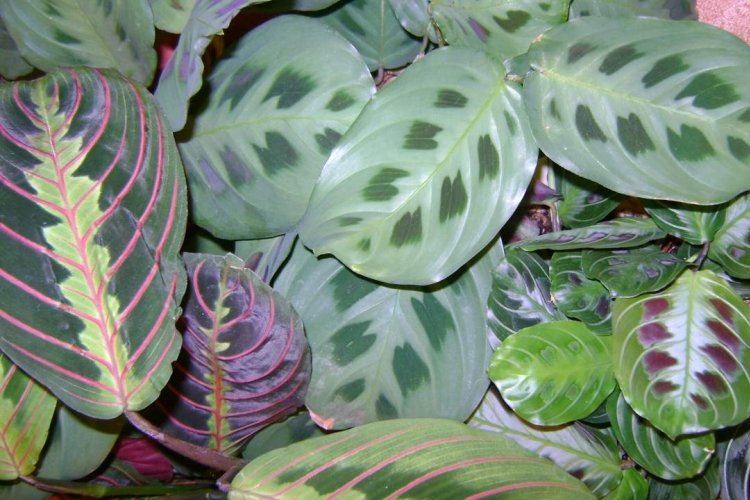
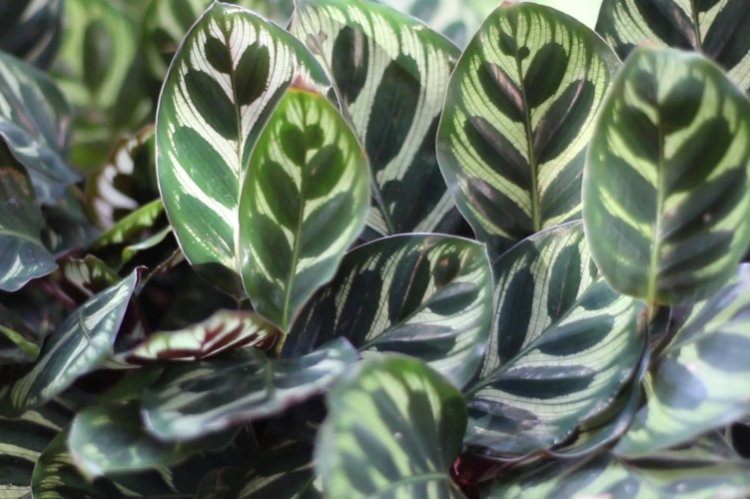
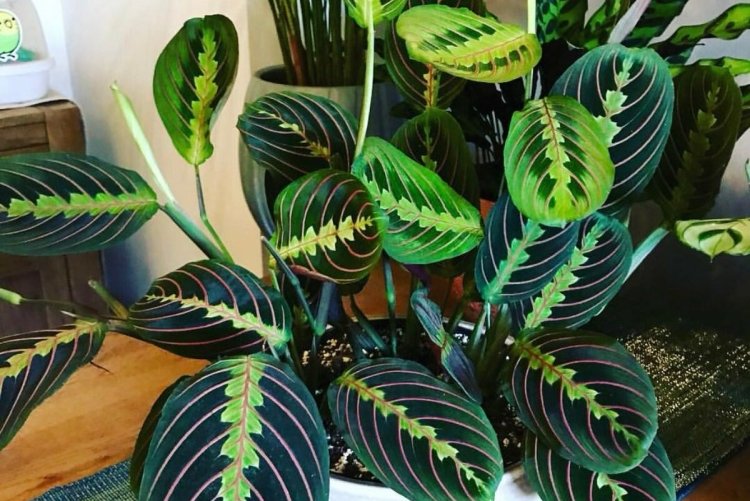
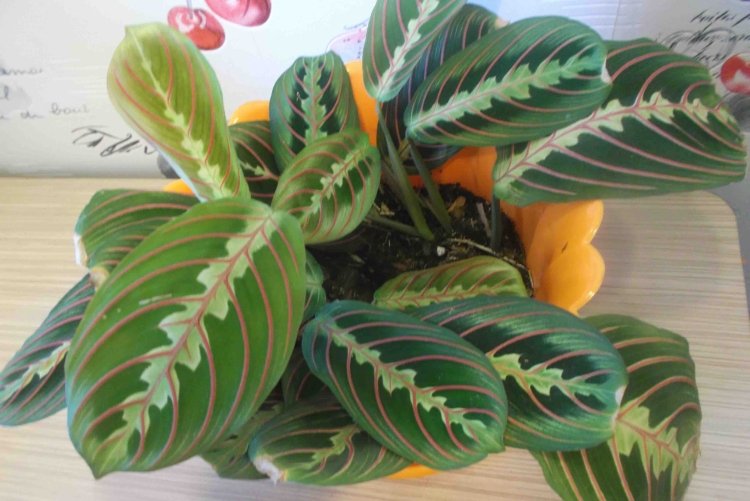
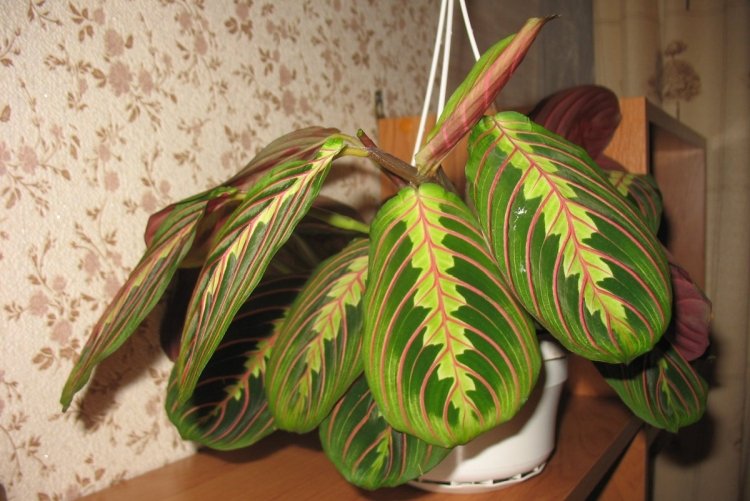
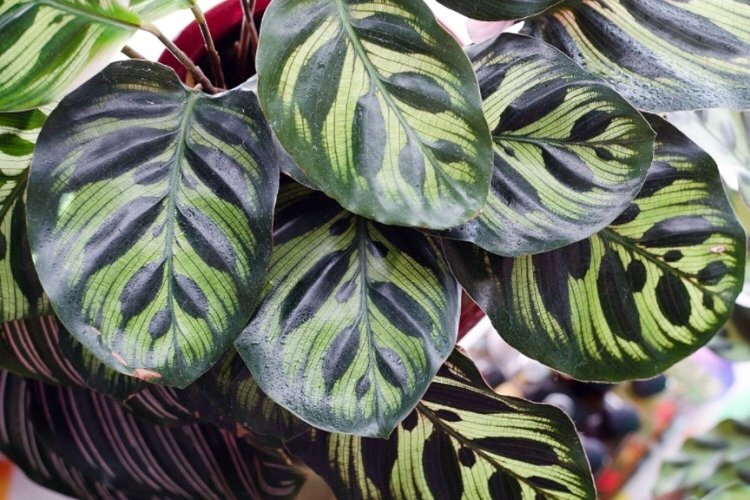
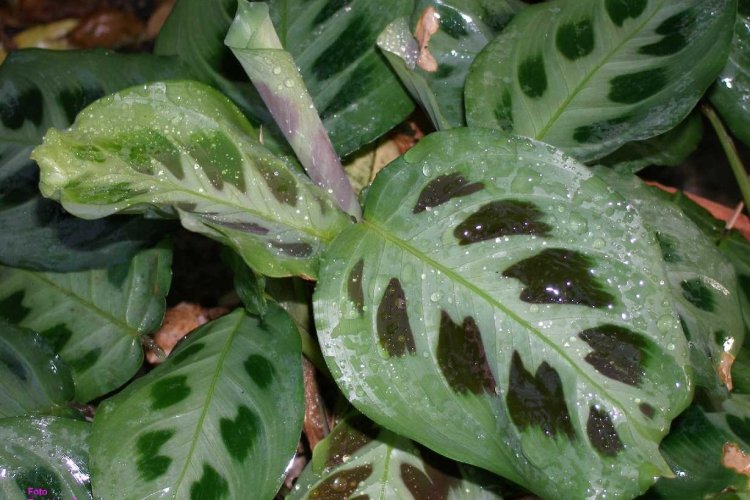
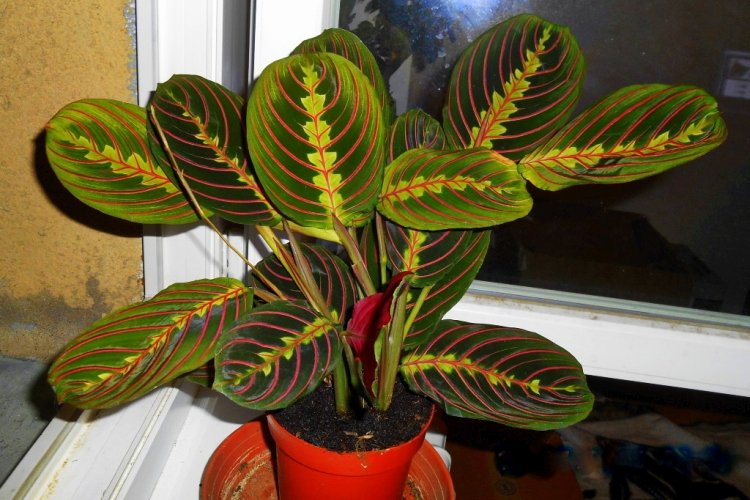
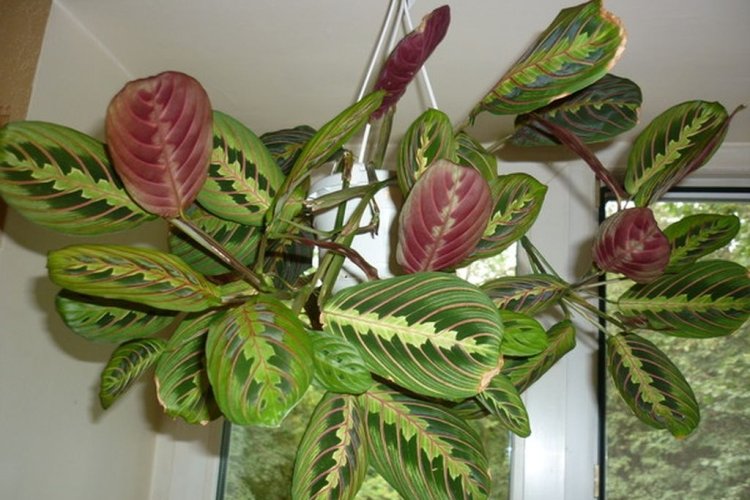
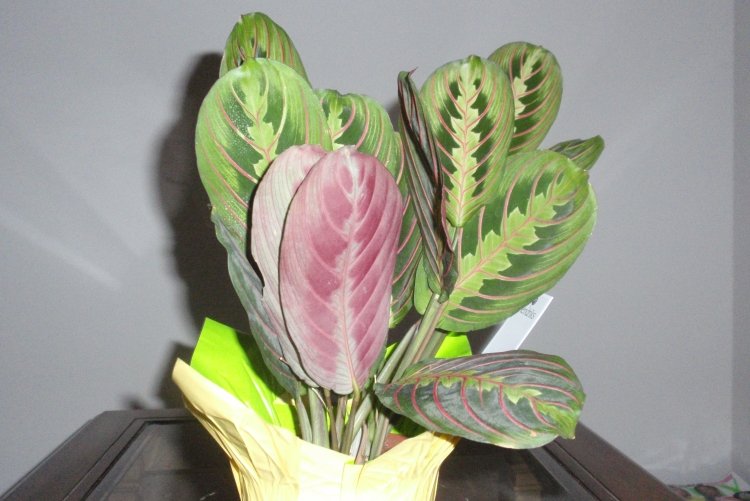
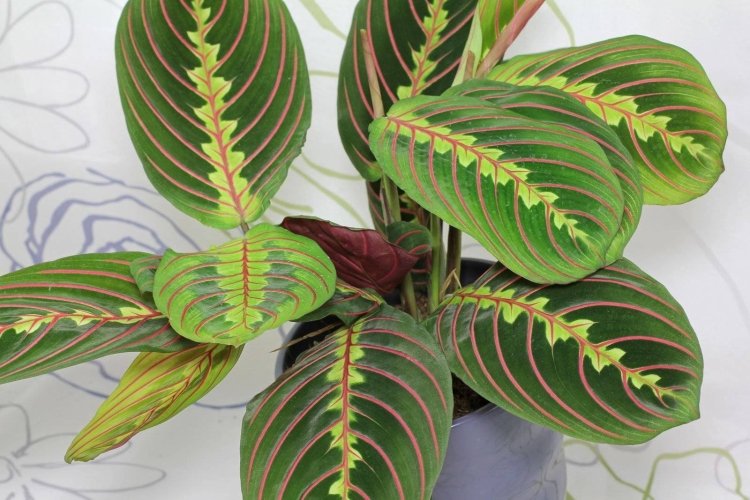
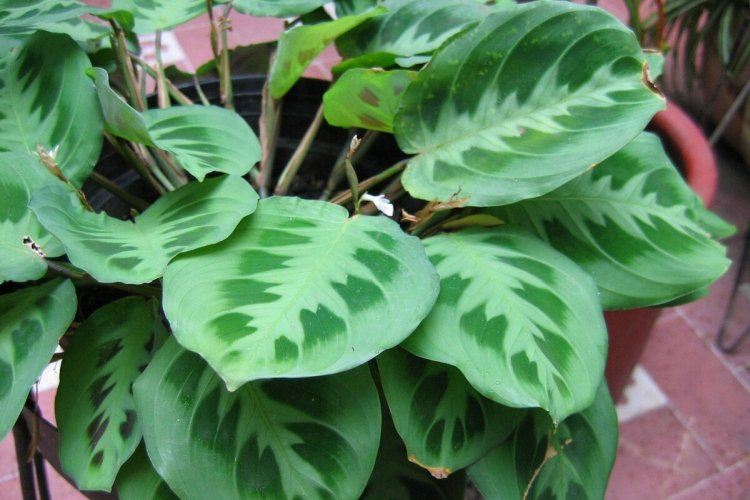
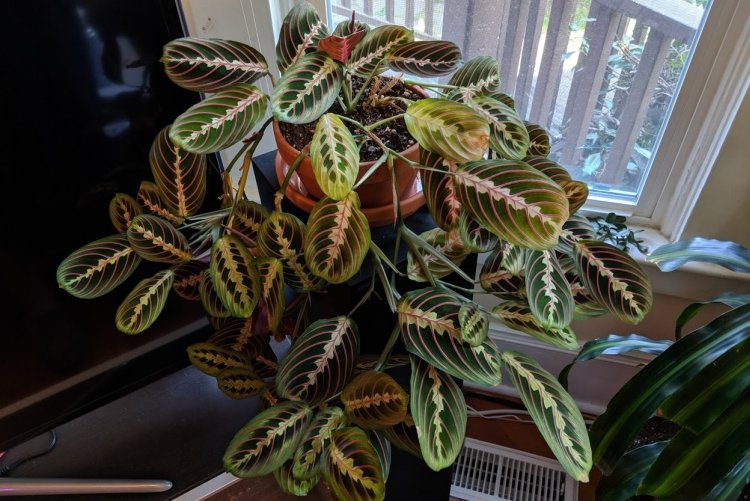
Did you like the publication? Subscribe to our channel in Yandex.Zen, it helps us a lot in development!

